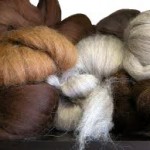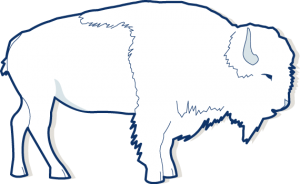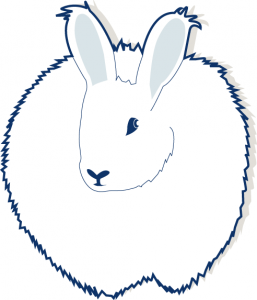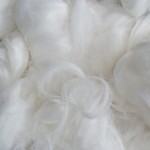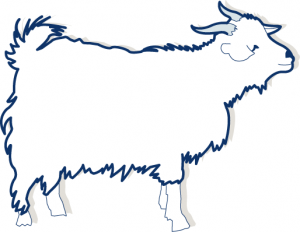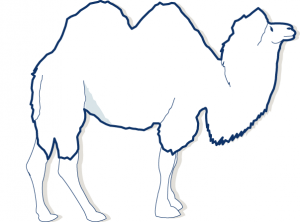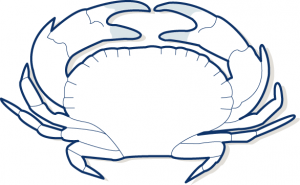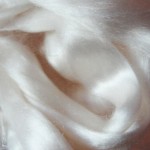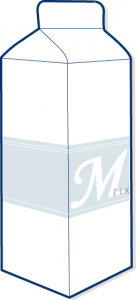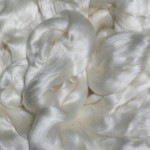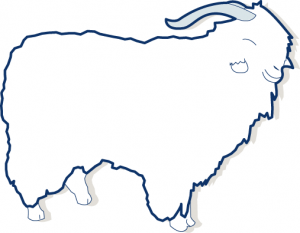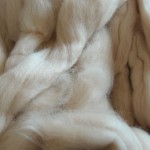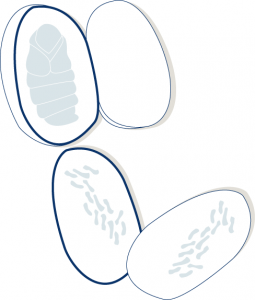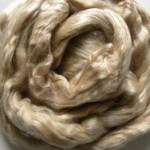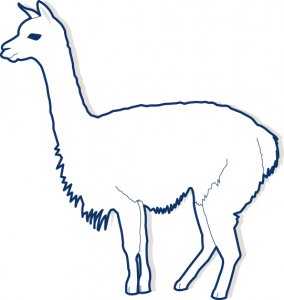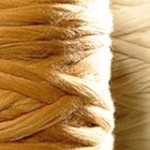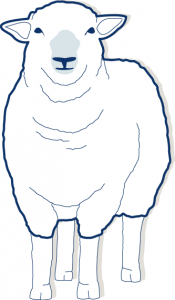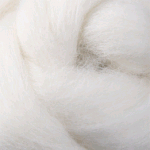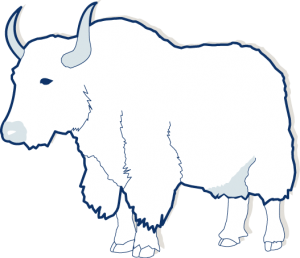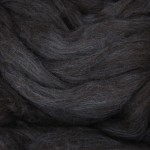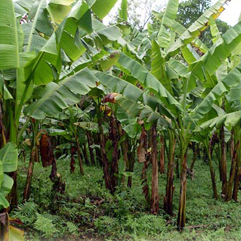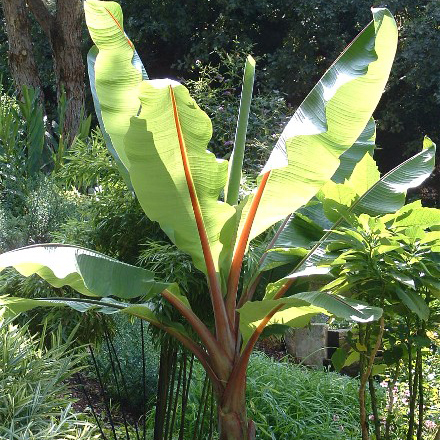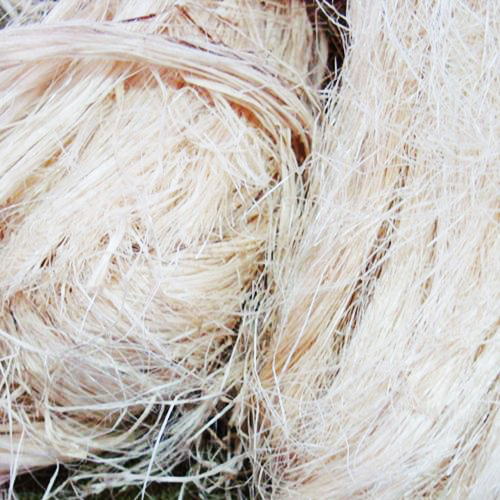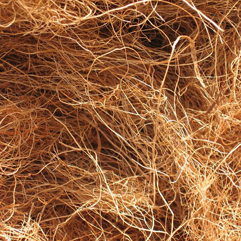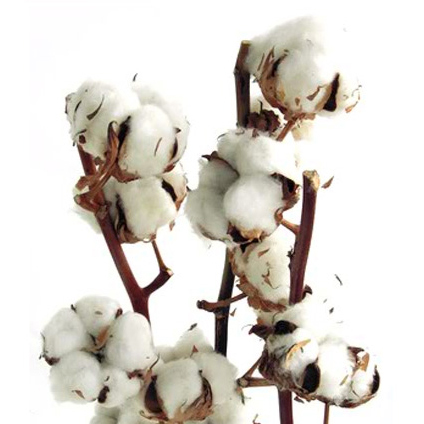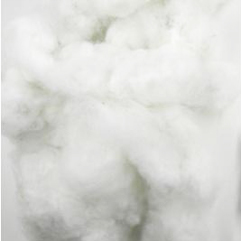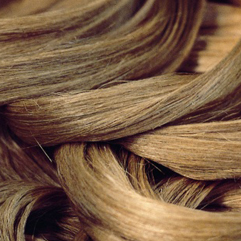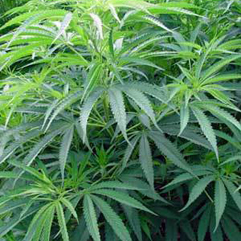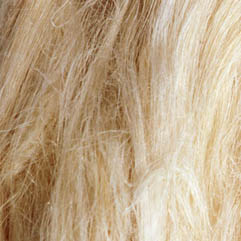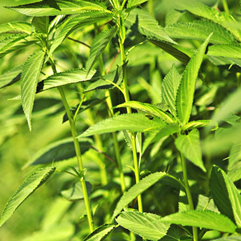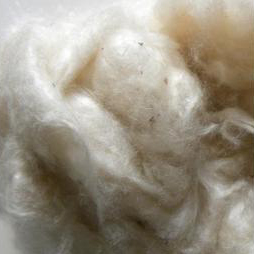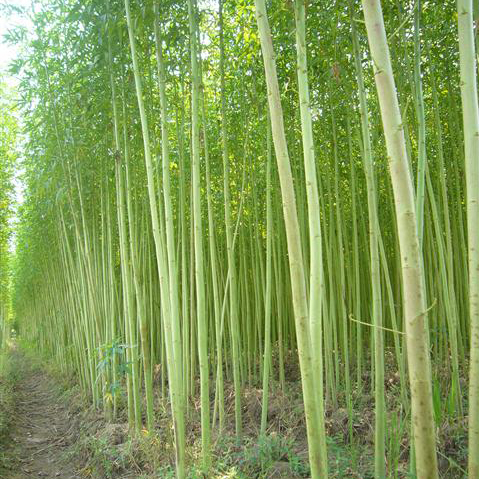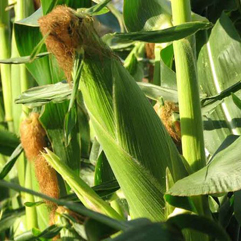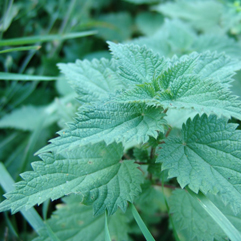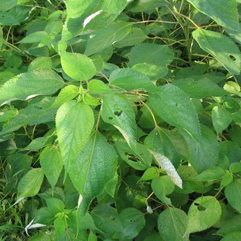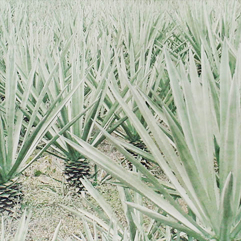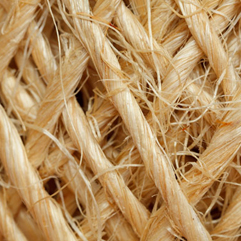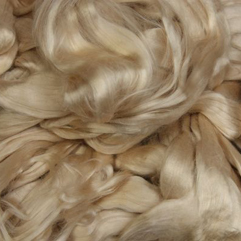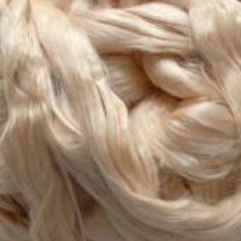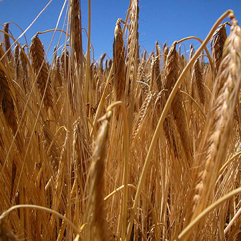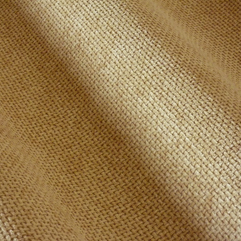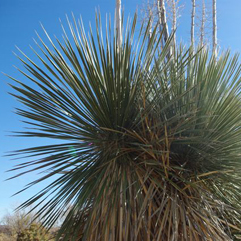Fibers
Animal Fibers
Alpaca (Lama) fleece is a lustrous and silky natural fiber. While similar to sheep’s wool, it is warmer, not prickly, and bears no lanolin, which makes it hypoallergenic. Without lanolin, it does not repel water. It is also soft and luxurious. In physical structure, alpaca fiber is somewhat akin to hair, being very glossy. The preparing, carding, spinning, weaving and finishing process of alpaca is very similar to the process used for wool.
Bison/Buffalo Bison are native to North America. At one time, their numbers were estimated as high as 70 million, but the 1800’s saw a huge decline, down to only about 1000 in the 1880’s. Due to ranches that now raise bison, mainly for meat, their numbers have returned to about 600,000. Nonetheless, there is only a limited amount of fiber available – estimated at 10,000 lbs per year in the US. Most of it is sheared from slaughtered animals. Some is collected wild.
There are five distinct types of fiber on the bison, but the most prized is the soft undercoat or down. Modern technology has made it easier to separate the down from the coarser fibers, which is utilized for carpets and outer garments. The down hairs are solid and don’t shrink or felt. It is very strong, soft and warm – probably one of the warmest, along with qiviut, so it should be spun fairly thin so it’s not too hot to wear.
Angora (Albino Rabbit) is a longhaired rabbit, the hair can grow as long as 15cms or more.There are 4 recognised breeds of Angoras: English, French, Satin and Giant. The differences in them are their coats. The English have tufts of hair growing from their ear tips and feet, their coats are silky and fine, making the wool very soft. The Frenchhave no tufts, in fact they have short hair in their head, face, ears and feet; their coats are made of slightly coarse wool which is easy to spin. They are also the easiest of the four varieties to look after in terms of their coat care. Satin Angoras’ also have short hair on the head, face, ears and feet, their wool is finer than the other breeds. Giant Angoras’, which weigh over 4kgs, must be white for showing. They have dense wool with a double undercoat.
Cashmere (Goat) is a fiber obtained from Cashmere and other types of goats. The word cashmere derives from an old spelling of Kashmir. Cashmere is characterized by its fine, soft fibers. It provides a natural light-weight insulation without bulk. Fibers are highly adaptable and easily spun into yarns and light to heavy-weight fabrics. The original undyed or natural colors of cashmere wool are various shades of grey, brown and white.
Camel, the color of camel is primarily golden tan with a variance of red to light brown tones. Camel’s hair is also a fibre that supplies warmth without added weight. The hair contains thermostatic properties which can protect and insulate the camel from the extreme cold conditions as well as keeping them cool in the desert. The same properties and characteristics are transferred when making fabrics woven from camel hair.
Crab fiber called as well Crabyon © is a spinning fiber made from the shells of crustaceans. Discovered in Japan the polysaccharide chitosan ( scientific name) the crabyon can be used for clothes. The chitosan textile fiber in contact with the skin develops antibacterical effect and at the same time avoid to the fabric to absorb bad odors.
Milk, according to Euroflax Industries, milk fiber was invented in 1930’s in both Italy and America and was called “milk casein.” Apparently “milk casein” fiber was used in many clothing and household items. The fiber was blended with other natural fibers and known under the brand names of Aralac, Lanatil and Merinova. Modern milk fiber is a blend of casein protein and acrylonitrile.
Mohair (Angora Goat) Angora goats produce a durable fibre called mohair. t has a smooth cuticular scale pattern on the surface that imparts lustre and it has low felting capacity. This scale is different to the wool fibre scale and consequently is not ‘itchy’. The mohair is generally shorn from the animals twice a year. The mohair grows rapidly at about 2 cm per month. Mohair does not irritate the skin.
Silk is insect fibre. It comes from the silkworm cocoon that the silkworm spins around itself to form its cocoon. A single filament from a cocoon can be as long as 1600 metres. It is considered an animal fibre because it has a protein structure. Just like other animal fibres silk does not conduct heat, and acts as an excellent insulator to keep our bodies warm in the cold weather and cool in the hot weather.
Vicu
ña, the wool is popular due to its warmth. Its warming properties come from the tiny scales that are on the hollow air-filled fibres. It causes them to interlock and trap insulating air. At the same time, it is finer than any other wool in the world, measuring 12 micrometers in diameter, but since it is sensitive to chemical treatment, the wool is usually left in its natural color. However, the vicuña will only produce about one pound of wool a year and gathering it requires a certain process.
Wool (Sheep) Wool is the textile fiber obtained from sheep and certain other animals. Wool has several qualities that distinguish it from hair or fur: it is crimped, it is elastic, and it grows in staples. The quality of wool is determined by the following factors, fiber diameter, crimp, yield, colour, and staple strength. Global wool production is approximately 1.3 million tonnes per year, of which 60% goes into apparel.
Yaks produce two types of hair. The outer coarse guard hair is good for braiding into ropes and halters or weaving into rugs, belts, and bags. The soft underhair is called “down” and has a diameter of 14-16 microns, comparable to cashmere. For maximum softness, it must be “dehaired” to remove any guard hair. It’s very short staple make it a challenge to spin in pure form and it is often blended with fibers with a longer staple such as wool or silk. Yaks living in cold weather will put on a heavy coat and produce one to two pounds of fiber annually.



